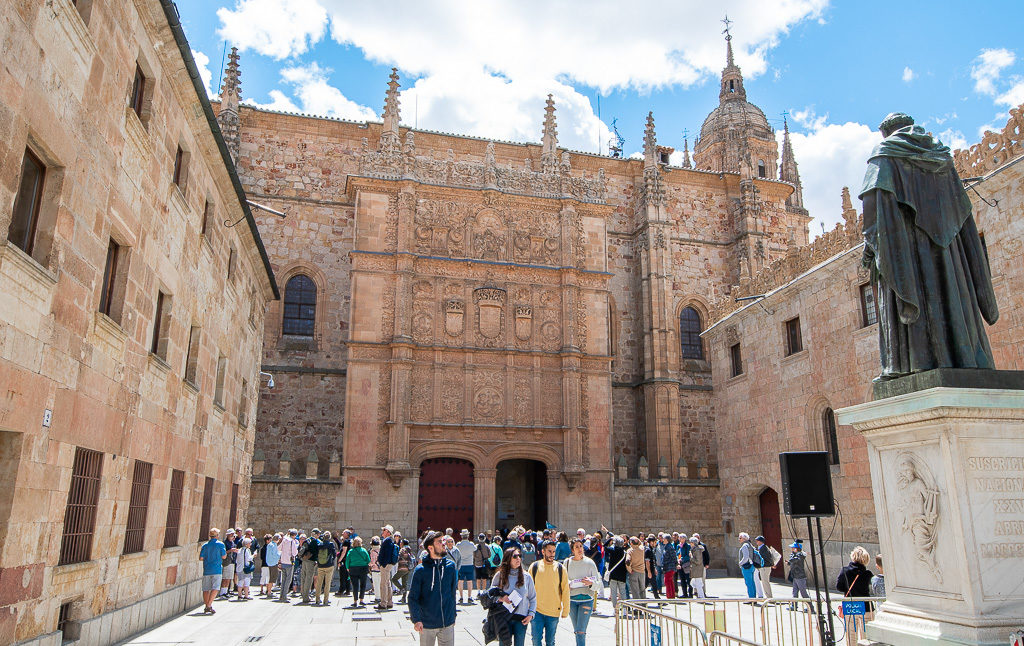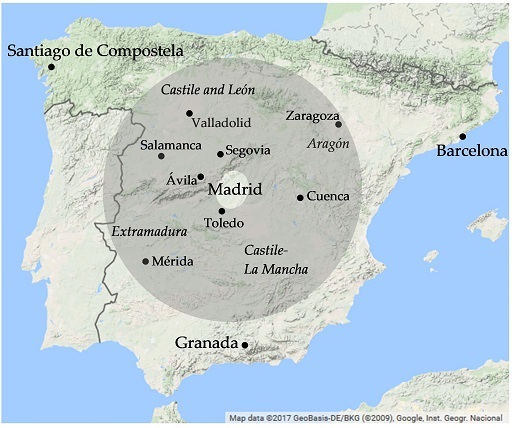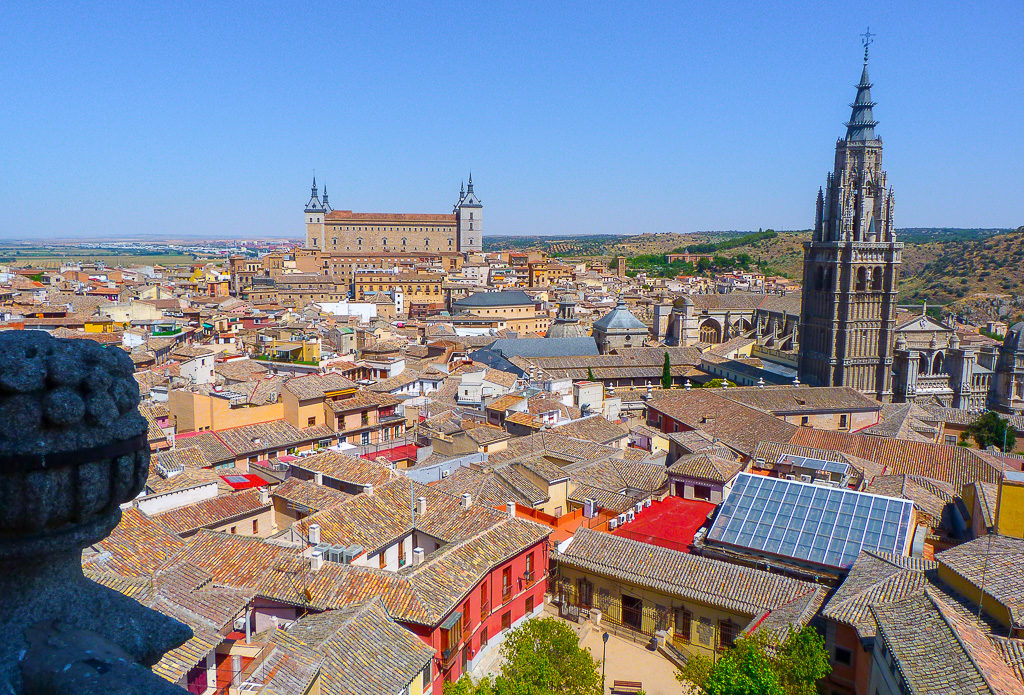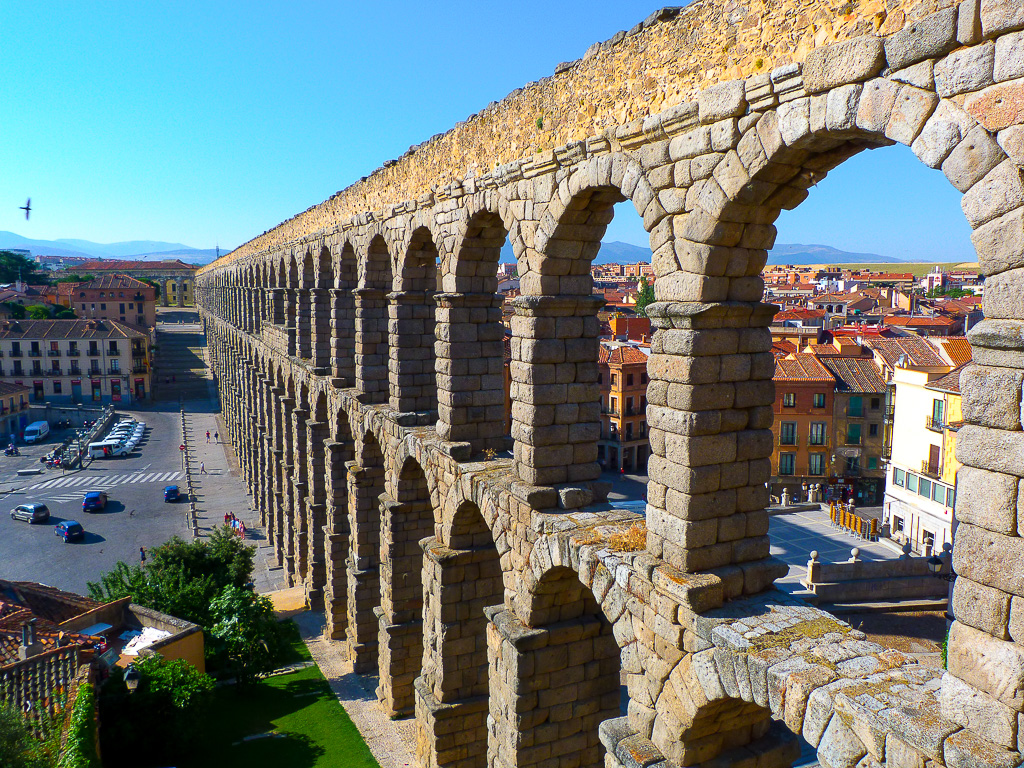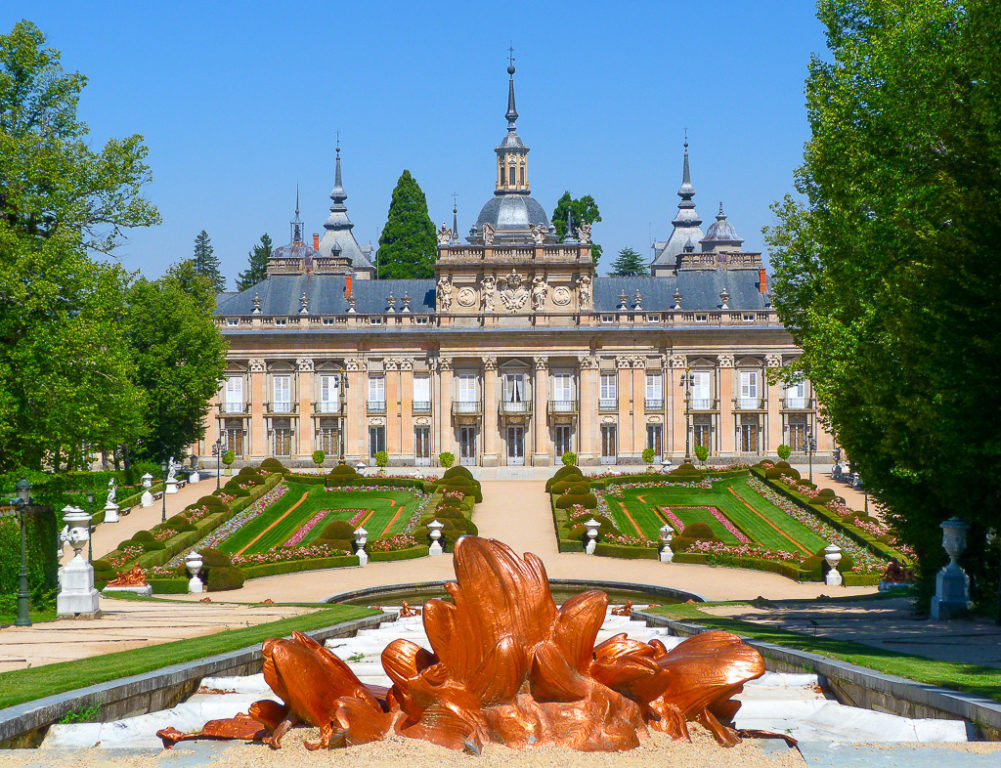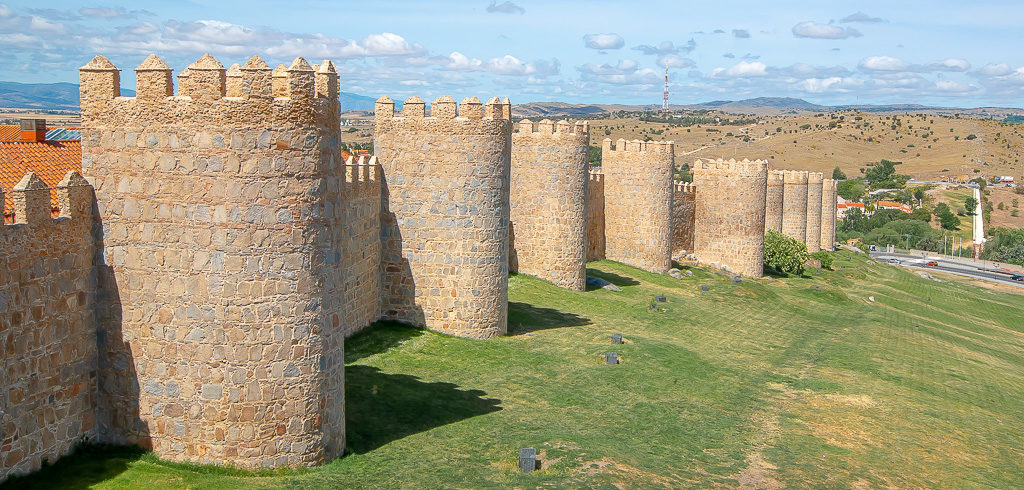
A shiny, new highway, cutting through a landscape of yellow grass, occasional fields, and even more occasional settlements. The mountains in the distance look dry, and you begin ask the most un-European of questions: what the antonym to lush is.
Then, suddenly, on the horizon, where the heat makes the air look fuzzy, you spot a gigantic, elaborately designed cathedral, with a light brownish color that neatly fits into the landscape. The cathedral stands there to remind you of the region’s past glories, which the world has largely forgotten. You can experience this moment not only as you drive from Ávila to Salamanca, like I did, but in many parts of the vast territories that are nowadays called “Empty Spain” (La España Vacía).
Spain’s geography can be compared to a donut—with the populous Madrid in the middle, and the tourist destinations (Barcelona, Granada, and Santiago de Compostela) along the outer ring, made up of fertile, coastal regions.
So, what is left in between? Regions of Empty Spain, which has such a low population density that it can rival the Scandinavian tundra or American deserts.
Recently, the word “Empty” has been also altered to “Emptied” (vaciada), in order to highlight the ongoing depopulation of the regions, as especially young people leave for big cities or other European countries.
I, on the other hand, became attracted to Empty Spain. It hides a number of picturesque sites overflowing with history, which—crucially—you can navigate without drowning in the sea of selfie-sticks. Mass tourism has not discovered the Spanish donut yet.
During my two short visits, I managed to see several places in Empty Spain. Toledo, the former capital of Spain and the home of the painter El Greco. Segovia, with its surviving Roman Aqueduct and a fairy-tale Habsburg castle. San Ildefonso in the Sierra de la Guadarrama mountains, with its Versailles-like palace and gardens. Ávila, with its intact, imposing medieval walls. Salamanca, with that gigantic cathedral and the oldest university of the Hispanic world (12th century). Mogarraz, a village in the Sierra de la Francia mountains, with its half-timbered houses, decorated with portraits of its inhabitants. Of these places, four are on the UNESCO World Heritage Sites list.
It is not all architecture, however, since the area has also a long tradition of great cuisine. Even in that small, remote village of Mogarraz, I came across its proud local jamón (ham) shops.
Several of the towns sit along Spain’s high-speed rail network, so you can easily access them from Madrid. But if you want to explore the smaller places too, you will need a car. Then you may experience the same moments like when I stopped in Puente del Congosto. It is a postcard-like medieval village and as I walked its main street, I got to meet only one person—an older gentleman, who told me he had spent his entire life there… bar a stint as a factory worker in Germany some forty years ago. We could therefore exchange a few sentences in German, supplementing my poor Spanish.
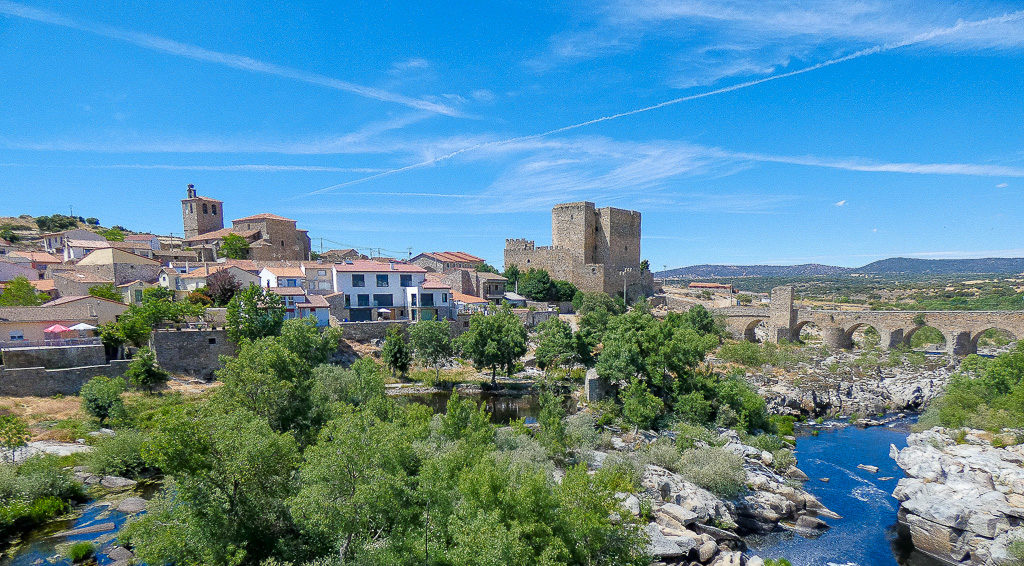
Large parts of Empty Spain belong to the regions of Castile & León, and Castile-La Mancha. While I was driving, I only wondered how this empty country managed to make itself the core of the Spanish Empire. It was Castile that conquered and unified its neighboring regions under what became the Spanish crown. And ultimately, it was Castile that created the biggest empire of the 16th century world, which ruled over several continents.
Given the size of Empty Spain, I could not see all of its prime sites during two short trips. Cuenca, Zamora, Zaragoza, Burgos, Sigüenza, Valladolid, Mérida, and other places still remain on the to-visit list.
If you also want to explore Spain without the crowds, it is time to hurry up—before tour operators begin to fill the Empty Spain in.
Interesting facts:
- The term Empty Spain was coined by the writer Sergio de Molino in his travel book La España Vacía.
- Empty Spain’s regions of Castile and León, Castile-La Mancha, Aragon, and Extramadura have a population density of about 26 persons per km2. Compare this figure to that of Arizona (22 p/km2) or Norway (14 p/km2 ). On the other extreme, the Spanish region of Catalonia (with the capital of Barcelona) has a density of 234 p/km2 and England’s density is 424 p/km2 .
- In addition to Empty Spain, people sometimes refer to this area as “Deep” Spain, to contrast it with the country’s more worldly first-tier cities.
- While Empty Spain is prosperous by general standards and the historical sites are meticulously maintained, the election year of 2019 saw a flood of articles in international press about how these parts of the country lag behind the faster growing regions. An article in The Guardian talked about the impact of depopulation on public services. Another article, this one in BBC, described a classical music festival organized to attract visitors and possibly new residents to Empty Spain. And Euronews wrote about demonstrators from Empty Spain, who marched in Madrid demanding more infrastructure investment.
If you go…
- Parts of Empty Spain have a desert-like climate. While middays can be scorching hot, you may need a jacket for late nights and early mornings, as I did, even in June.
- If you rent a car in Madrid, you can reach Toledo and Segovia in one hour. Yet, distances in Empty Spain accumulate quickly—to get from Madrid to Salamanca, you may need three hours.
- Toledo, Segovia, Cuenca, and Valladolid sit along high-speed rail lines from Madrid. You can therefore visit them on day trips from the capital.

